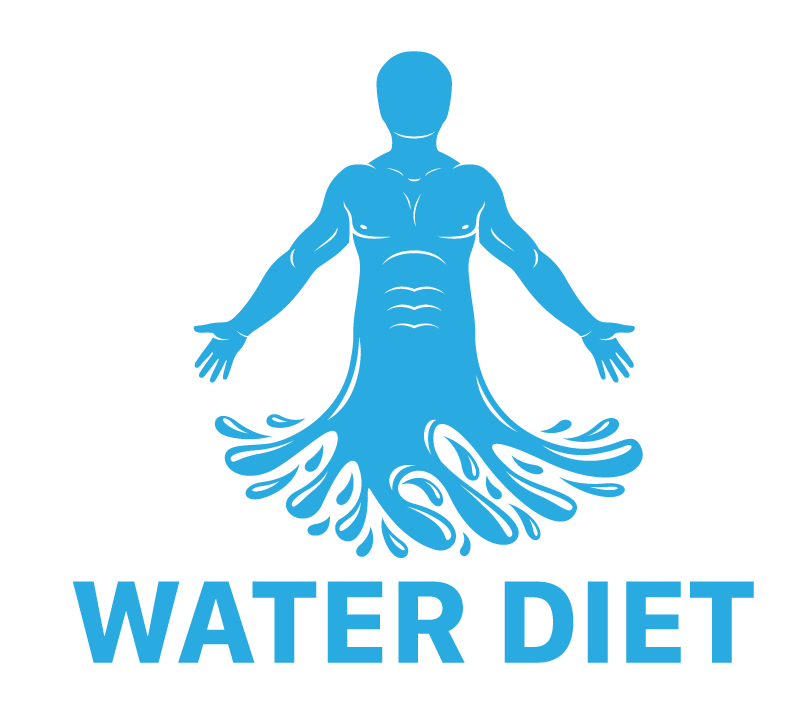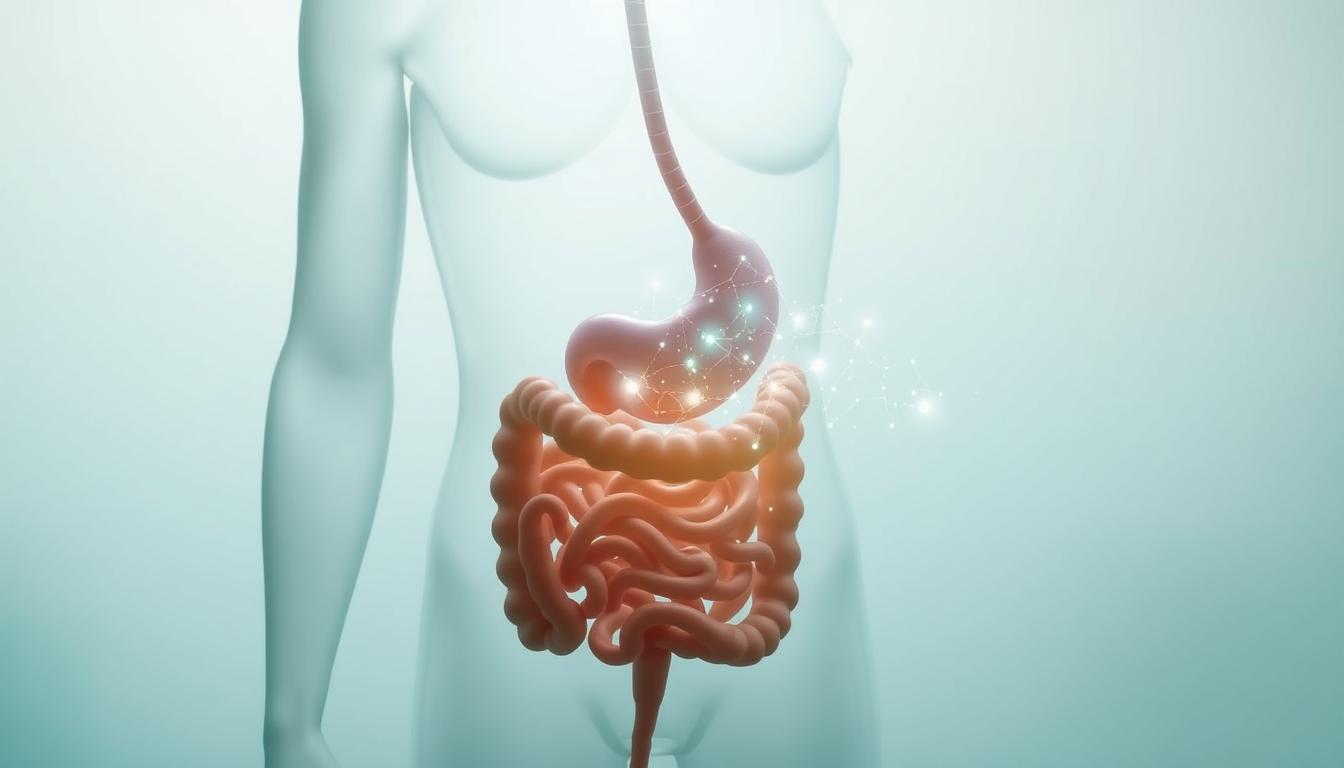Safe water fasting is more than a trend. It’s a commitment to well-being. It requires understanding and consideration. Water fasting has benefits like weight loss and better metabolism. But, it must be done with caution.
Want to start fasting? The approach is key. Your plan should fit your health, goals, and how long you’ll fast. Remember, fasting should feel comfortable and right for you.
Key Takeaways
- Consult a healthcare professional before undertaking a water fast, especially if managing health conditions or medications.
- Select an appropriate time for fasting when physical demands are lower to ensure safety and comfort.
- Begin with short fasting durations and increase gradually to observe how your body responds.
- Understand the benefits and prepare for the challenges associated with water fasting to set realistic expectations.
- Reintroduce food post-fast with caution, aiming for nutritious, whole foods to maintain health benefits.
- Stay informed on safe water fasting practices to maximize the outcomes and minimize risks.
Understanding Water Fasting and Its Popularity
Since ancient times, water fasting for weight loss and spiritual fasting have been practiced. These traditions come from different religions and cultures. Today, many people are trying health-promoting fasting methods again. It’s common to fast for up to 24 hours, a period seen as safe and doable for most people.
Fasting brings notable autophagy benefits, including cellular repair. When you fast, your body cleans out damaged cells. This makes room for new, healthy ones. Water fasting is used for losing weight, improving longevity, and preventing diseases.
But water fasting isn’t suitable for everyone. Groups like the young, the elderly, and pregnant or nursing women should be careful. The same goes for those with certain health issues or on medications.
Water fasting is a powerful experience that extends beyond physical health, often acting as a journey into spiritual self-discovery and mental clarity. – Ancient health practitioners
The table below shows how water fasting focuses vary by aim:
| Focus of Water Fasting | Primary Goal | Secondary Benefits |
|---|---|---|
| Weight Loss | Reducing body fat | Improved metabolic health |
| Spirituality | Enhanced mental clarity | Emotional detoxification |
| Health Promotion | Longevity and disease prevention | Activation of cellular autophagy |
The table shows water fasting offers holistic benefits. While focusing on one main goal, it also supports various aspects of well-being. Since fasting is a personal journey, results can differ. Always get professional advice before starting a water fasting routine.
Safe Water Fasting: Preparing Your Body and Mind
Water fasting needs deep thought and careful preparation. It’s important your body and mind are prepped and ready. This includes checking if your health is up for it, picking the right time, and getting your mind set. These steps are key for a good fasting journey.
Consulting with Healthcare Professionals
Talking to healthcare pros is crucial. They check your health and give advice just for you. If you have health issues or take meds, they’ll guide you. This makes fasting safer and more effective.
Choosing the Right Time for Fasting
Picking when to fast is big. It should be a time when you’re relaxed and not busy. This way, your body can handle not eating with less stress.
Preparing Mentally for Reduced Intake
Getting ready in your mind is as important as physically. Start eating less before the fast to ease hunger. Focus on drinking water and resting well. This helps your mind adjust to eating less.

Seeking a professional’s advice and preparing your body and mind are essential keystones that lay the foundation for a successful and safe water fasting journey.
| Preparation Aspect | Reasons | Tips |
|---|---|---|
| Medical Consultation | To tailor the fast to individual health needs and medication schedules | Schedule an appointment with a doctor at least two weeks before the planned fast |
| Timing the Fast | To coincide with a less demanding routine and lower stress | Plan for a time with no major events or intense physical activities |
| Mental Preparation | To reduce potential discomfort from hunger and change in routine | Practice mindfulness and meditation; eat smaller, healthy meals leading up to the fast |
Adding these safe tips to your water fasting plan helps a lot. It includes advice from healthcare pros and preparing your mind. These prepare you for a great fast that fits your health and lifestyle.
The Health Benefits and Potential Risks of Water Fasting
Water fasting comes with many health benefits. These include weight loss through fasting, balancing hormones, and entering ketosis. In ketosis, your body burns fat for energy. Fasting also triggers fasting-induced autophagy. This is when cells clean and repair themselves, improving health.
But, these perks have their downsides. The risks of water fasting can be serious, especially without expert guidance or if you have health issues. Problems can include dehydration, electrolyte issues, and fatigue. These issues need attention.
- Dehydration and electrolyte imbalances may lead to serious health complications if not monitored closely.
- Extended periods of fasting are not recommended as they can intensify these risks.
- Individuals with heart conditions, type 1 diabetes, or uncontrolled migraines should avoid such regimens to prevent adverse effects.
- Specific populations, including pregnant or breastfeeding individuals, children, and older adults, should not partake in water fasting.
So, it’s important to weigh the water fasting benefits and risks carefully. You should talk to a healthcare provider before starting, especially if you have health issues. The CDC says gradual lifestyle changes are best for long-term weight management. They suggest moderation is the key to success.
Step-by-Step Guidance for Initiating a Water Fast
Starting a water fast journey is both thrilling and a bit scary. It’s key for beginners to know the steps for a safe and helpful fasting experience. This part offers tips on how to start your fast, keep up with hydration during fasting, and how to handle physical activity and fasting.
Beginning with Shorter Fasting Periods
Starting with shorter fasting periods can lessen bad effects. It gently gets your body used to fasting. You can watch how your body reacts and change things if needed.
- Start with 16-hour fasts, then try moving up to 24 hours
- Listen to what your body tells you and adjust the time
- Try starting with partial fasts that include small meals
Importance of Staying Hydrated with Mineralized Water
Hydration during fasting is crucial. Our body loses water and electrolytes that we need to replace to keep working right.
- Drink water with minerals to get back necessary electrolytes
- Try to drink at least 8 glasses a day for enough hydration
- Keep an eye out for dehydration signs and take action quickly
Managing Physical Activity During Fasting
It’s fine to exercise a bit, but you have to be smart about physical activity and fasting. Don’t push yourself too hard.
- Lessen the effort and time of exercises when fasting
- Choose easy activities like walking, yoga, or stretching
- Watch how much energy you have and rest if you need to
These steps help beginners start fasting safely. It’s very important to have a doctor’s advice for long fasts to avoid health problems.

| Fasting Duration | Hydration Recommendations | Physical Activity Level |
|---|---|---|
| 16-24 hours | Mineralized water, 8+ glasses | Low intensity (walking, light yoga) |
With careful planning, proper hydration, and smart exercise, you can get the most out of water fasting. It helps in making this health journey effective and safe.
Post-Fast Strategies: Returning to Normal Eating
After a water fast, how you start eating again is super important. Your body can be sensitive to new foods. So, starting with easy foods like steamed veggies and broths is best. These foods are gentle and help avoid stomach issues.
It’s vital to prevent refeeding syndrome, which can happen if you eat too much too fast. To avoid this, don’t rush into high-calorie or sugary foods right after fasting. Slowly increasing calories from proteins, fats, and carbs is a smarter move. This keeps your metabolism stable.
After fasting, choosing the right foods is key to staying healthy. Eating lots of nutrients, like in the Mediterranean diet, is a good plan. It includes grains, fruits, veggies, proteins, legumes, and nuts. This mix gives your body the vitamins, minerals, and antioxidants it needs.




